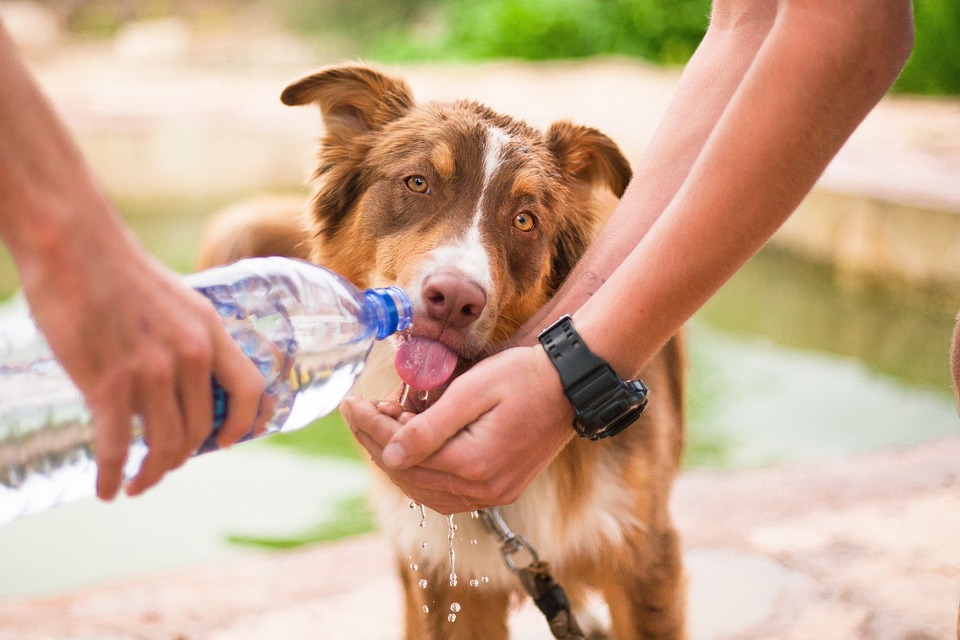Training your dog to stay calm around other dogs is crucial for their safety, preventing aggressive behavior, and enabling enjoyable social interactions. By employing effective techniques and consistent training, you can help your furry friend become a well-behaved, calm, and socialized dog. In this article, we will explore some methods to achieve this goal and answer frequently asked questions about dog training and behavior.
1. Socialization from an Early Age:
Early socialization is vital for dogs to learn appropriate behavior around other dogs. Gradual exposure to different dogs and positive reinforcement during socialization can help your dog develop confidence and calmness in their interactions.
2. Basic Obedience Training:
Establishing basic commands such as “sit,” “stay,” and “leave it” is essential for controlling your dog’s behavior around other dogs. Teaching impulse control and focus can also help your dog remain calm in distracting situations. Reinforcing obedience training in various environments ensures that your dog remains calm and attentive regardless of the surroundings.
3. Desensitization and Counterconditioning:
Identifying triggers that cause anxiety or excitement in your dog is crucial. Gradually exposing your dog to these triggers while maintaining a calm environment can help them become desensitized over time. Associating positive experiences, such as treats or praise, with these triggers can help your dog develop positive associations and stay calmer around other dogs.
4. Controlled leash Walking:
Using a well-fitted, comfortable harness or collar can help you maintain control during walks. Teaching your dog to walk on a loose leash and employing distraction techniques, such as redirecting their attention to you or providing treats, can help keep them calm and focused when encountering other dogs.
5. Engaging in Controlled Playdates:
Choosing appropriate playmates for your dog is important to ensure positive interactions. Supervising play sessions and managing any signs of aggression or fear can help your dog stay calm and enjoy socializing with other dogs.
6. Seek Professional Help if Needed:
If your dog continues to display aggression or fear towards other dogs despite your efforts, it is essential to seek professional help. A certified dog trainer or behaviorist can assess the situation and design a customized training plan to address your dog’s specific needs.
FAQs (Frequently Asked Questions):
Q1: How long does it take to train a dog to stay calm around other dogs?
A1: The duration of training can vary depending on factors such as the dog’s temperament, previous experiences, and the consistency of training. It can take anywhere from a few weeks to several months to achieve desired results. Patience and consistency are key.
Q2: What should I do if my dog shows signs of aggression towards other dogs?
A2: If your dog displays aggression towards other dogs, it is crucial to seek professional help from a certified dog trainer or behaviorist. They can assess the situation and design a behavior modification plan tailored to your dog’s needs.
Q3: Are there any specific dog breeds that may require extra training to stay calm around other dogs?
A3: While every dog is unique, certain breeds may have a predisposition towards dog aggression or may require additional socialization and training. Breeds like Pit Bulls, Akitas, and German Shepherds, among others, may benefit from extra attention and training when it comes to interacting with other dogs.
Q4: Can I train my older dog to stay calm around other dogs?
A4: Yes, absolutely! Dogs of any age can learn new behaviors and adapt to their surroundings. However, keep in mind that older dogs might require more patience and time to unlearn old habits and establish new ones.
Conclusion:
Training your dog to stay calm around other dogs is a gradual process that requires time, effort, and consistency. By utilizing socialization, obedience training, desensitization, and engaging in controlled playdates, you can help your dog become a well-mannered and calm companion. Remember, seeking professional help when needed is always a wise decision to ensure the best outcome for your furry friend’s behavior and well-being.









